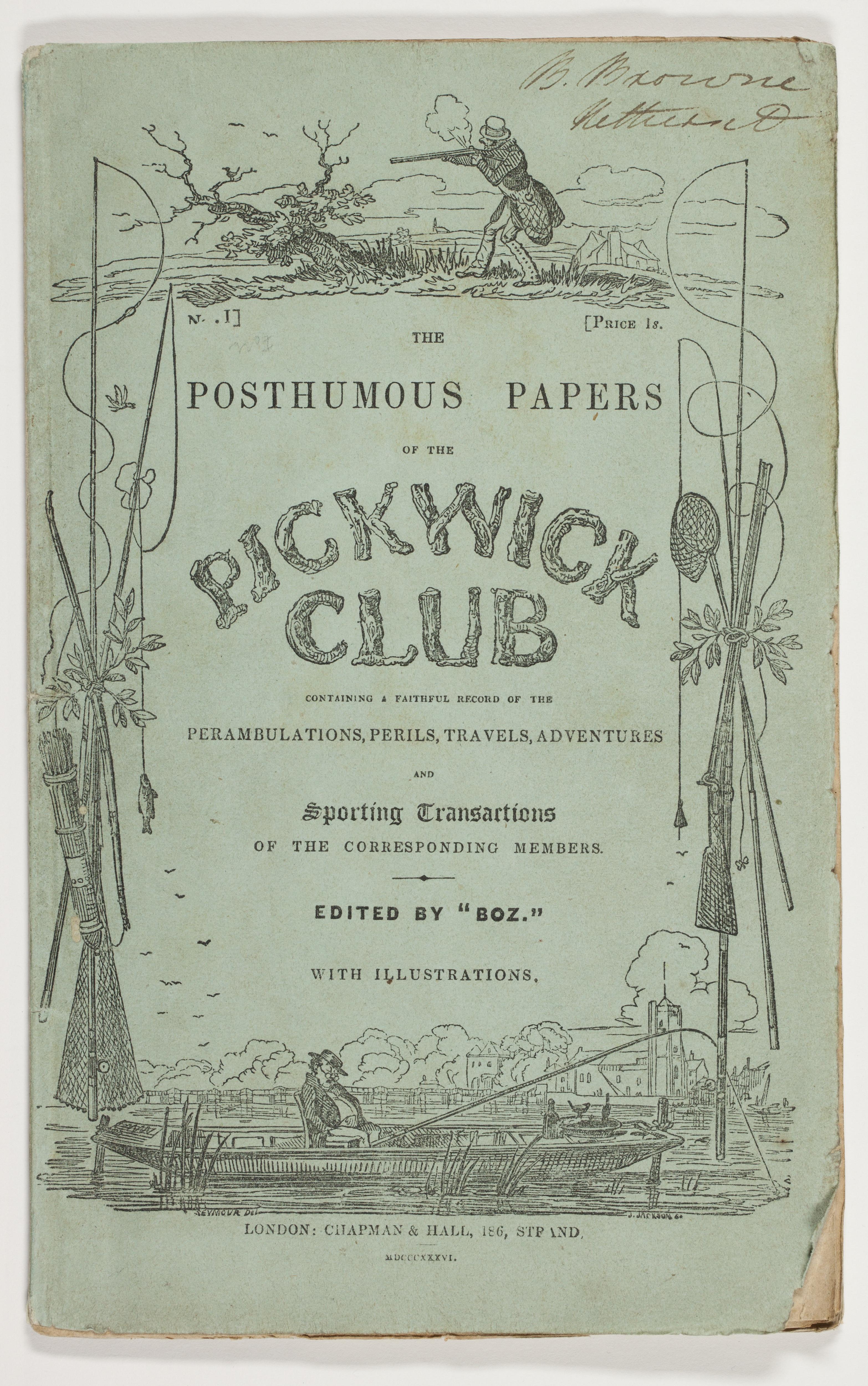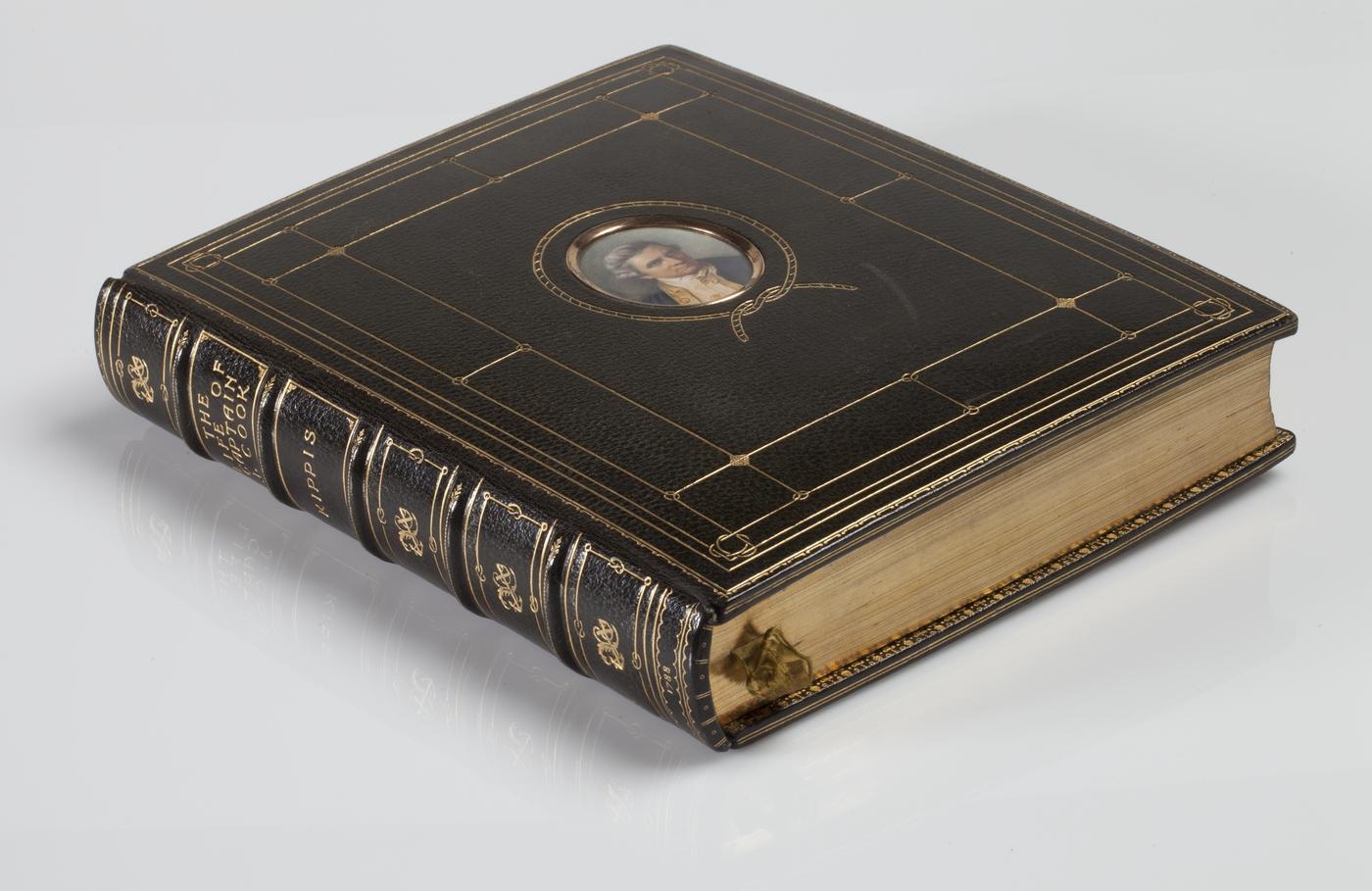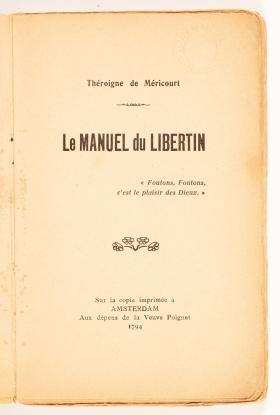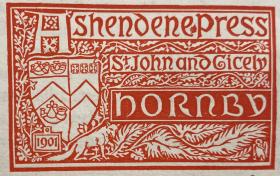In 2022, I joined the Library on a two-year secondment from Senate House Library, the central library of the University of London. There I look after an estimated 200,000 books printed before 1850, in addition to numerous modern named special collections. The British Library, one of the best libraries in the world, is a 10-minute walk down the road. Yet the State Library has its own power to amaze and delight. Here are a few examples of surprises I have encountered.
Charles Dickens regularly published his novels in monthly parts. Readers benefited economically by spreading the pound’s outlay for a novel over 19 months instead of splurging at once. But the format exercised patience: read a few chapters, and you’d have to wait four long weeks for the next instalment. It also influenced the pattern of the narrative, as each part needed to end on a sufficient cliff-hanger to entice purchasers back for more.
The final part would be issued with a title page, with the expectation that readers would then have their parts bound together. Often they did, stripping out the extraneous material. Not always, and as a general thing, I am used to seeing Dickens parts. Indeed, at Senate House Library we have the original parts for Little Dorrit, Nicholas Nickleby and Edwin Drood, in addition to parts of novels by other popular Victorian writers. But the set of original parts of The Posthumous Papers of the Pickwick Club (1836–1837) here at the State Library is something special. This was Dickens’s first novel, and he was not yet famous when he began it. Initial sales were disappointing. Thus, the original parts of Pickwick are scarcer than those of his subsequent novels because there were fewer purchasers. Only as the novel progressed did it become a publishing sensation that gripped the nation.
The physical parts trace the rise of the author’s popularity. The more popular an author or work, the more advertisements accompanied the narrative, just as these days more advertisements accompany a popular television program than an unpopular one. The first three parts of Pickwick limit advertisements to those of the publishers on the back cover. In Part Four, Sam Weller was introduced and sales began to rise.
Advertisements extended to the inside back wrapper and, in Part Six, to the inside of the front wrapper. By Part Seven, Pickwick was entrenched. The eight-page ‘Pickwick Advertiser’ was inserted, advertising such objects as ginger essence (‘particularly recommended to all cold, phlegmatic, weak and nervous constitutions’), gentlemen’s apparel, perfume, silver tea services, toiletry articles, and corn and bunion solvent. Advertisers paid anything from 7 shillings for up to 10 lines, to 2 pounds and 2 shillings for a full-page spread. In the novel’s final issue, ‘The Pickwick Advertiser’ has trebled to 24 pages and advertisements account for 28 pages in all (discounting the covers), plus a small inserted leaflet cataloguing Mechi’s cutlery establishment in Leadenhall Street.
A very different publication is the dissenting minister Andrew Kippis’s Life of Captain James Cook, published in London in 1788. This is the first of several well-known biographies Kippis wrote. Having been published the year before Cook died, it is Cook’s earliest published biography. The public embraced it. Seven English-language editions appeared by the end of 1792, while French and German translations were published in 1789. By an antiquarian definition, the book is by no means rare. Thirty-two copies from Australia and New Zealand alone are recorded on the main English-language catalogue of early printed books. Most copies, like the one under my care at the University of London, are visually unprepossessing. Two of the State Library’s copies, however, are stunningly different.
The immediate difference is their sumptuous West End designer bindings from the early twentieth century. The binder of both was Mudie’s in New Oxford Street, best known as the circulating library which propped up the three-volume novel. The copies are bound in full Morocco leather, itself a sign of high quality, with a geometric gilt design on the covers and gilt edges. They have watered silk doublures (a book cover’s lining), a feature which adds to the sense of luxury. Most eye-catching is the painted miniature of Captain Cook in the centre of the upper board of each, their ultimate mark as collectors’ items. The two pictures follow the same model, an engraving by the relatively obscure but talented engraver John Chapman,without being identical: definitely grey in one portrait, Cook’s hair looks brown in some lights in the other, and theminiatures differ in size. Both copies have been extra-illustrated: that is, an owner has inserted additional relevant maps, scenes, manuscript letters, and especially portraits into each copy, following a fashion from the 1790s which remained popular throughout the nineteenth century, especially for topographies and biographies. Some of the pictures are the same in the two copies, some different, and they have been placed differently. Chapman’s portrait of Cook appears in both copies, in different places — in black and white as it was produced in one copy, and coloured in the other.
Two tatty paperbacks provided the next fascination. Both proclaim themselves to be from the second issue of La Guerre des Balkans: notes au jour le jour par un neutre, written by Jean Debrit and published simultaneously in Paris by G Delandre, and Geneva by Atar. At first sight there is nothing odd about that. French books about the Balkan Wars of 1912 and 1913 were common and popular in the second decade of the twentieth century; one, by Gabriel Hanotaux, ran into six editions. Jean Debrit (1880–1956) was a Swiss journalist, from Geneva, who wrote La Guerre de 1914: notes au jour le jour par un neutre (Geneva: Atar, [1915 or 1916]). Delandre was a known Parisian imprint for publications issued during, and about, the Great War. But Debrit did not write a book entitled La Guerre des Balkans, and the covers disguise two separate pieces of erotica: Théroigne de Méricourt’s explicit sex manual Le manuel du libertin, first published in 1794, in the one instance, and Journal d’un prêtre de Vénus, a much later work sometimes ascribed to Edmond Dumoulin, in the other.
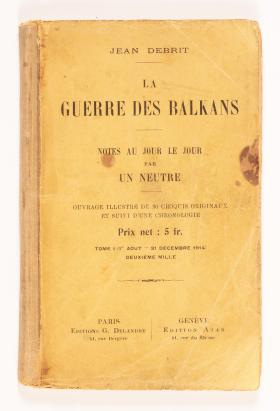
Camouflaging a racy or illicit work with a respectable binding is not in itself unusual, as the Soviet samizdat testifies. What struck me was that the same fictitious binding is used for two separate works. Both editions are very rare.
Permanent staff who have been curating such books for years often say, ‘oh, yes’, when I exclaim in wonder. Meanwhile, I continue my exciting journey of discovery.
Dr Karen Attar Senior Librarian, Rare Books, State Library of NSW
Curator of Rare Books and University Art, Senate House Library, University of London
This story appears in Openbook autumn 2023.

